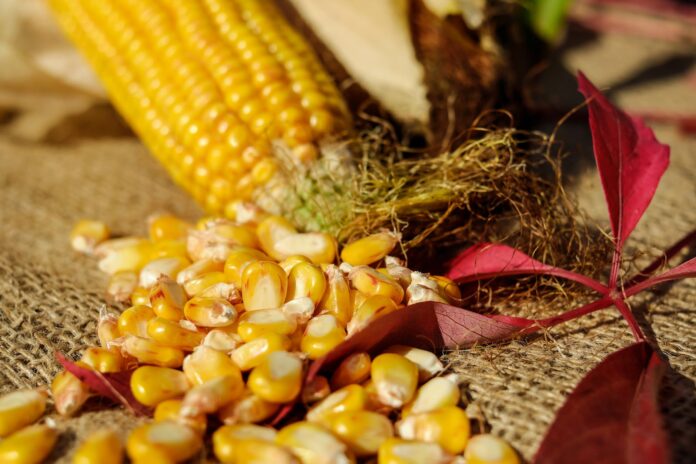Botswana imported P99.2 million worth of maize in May 2025, making it the country’s most imported cereal and the single largest food item overall for the month. This accounted for 46 percent of the total P215.6 million cereal import bill, underscoring the staple grain’s continued centrality to the national diet and its critical role in food security.
The spike in maize imports came amid broader increases in Botswana’s food and beverage imports, which reached P1.26 billion in May—up 19.2 percent from April. Cereals alone contributed 17.2 percent of all food and beverage imports, reflecting their significance in household consumption and national food planning.
Other key cereals imported included wheat and muslin, valued at P57 million (26.4 percent), and semi-milled or wholly milled rice, which accounted for P43.8 million (20.3 percent). The remainder comprised smaller imports of sorghum, broken rice, and other grain products.
The dominance of maize in import figures points to possible challenges in local production, including the effects of climate variability and structural inefficiencies in Botswana’s agricultural sector. The country remains heavily reliant on imports to meet its staple food needs, raising concerns about long-term food security and vulnerability to international price fluctuations.
The high dependency on imported cereals comes despite ongoing efforts to stimulate local agriculture through initiatives such as ISPAAD and Temo Letlotlo. However, the persistent volume of imports suggests these programs may not yet be yielding sufficient results to reduce the country’s reliance on external markets for essential food supplies.



